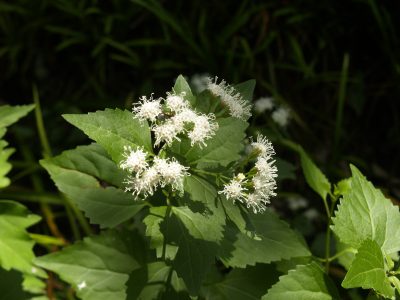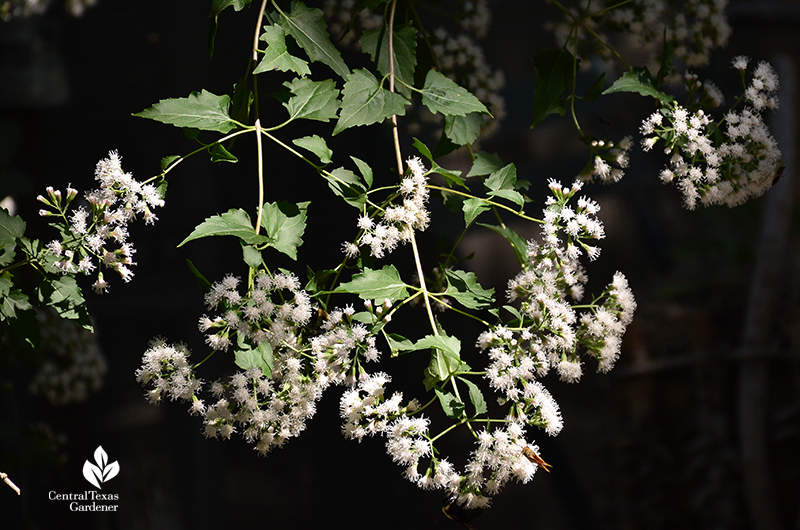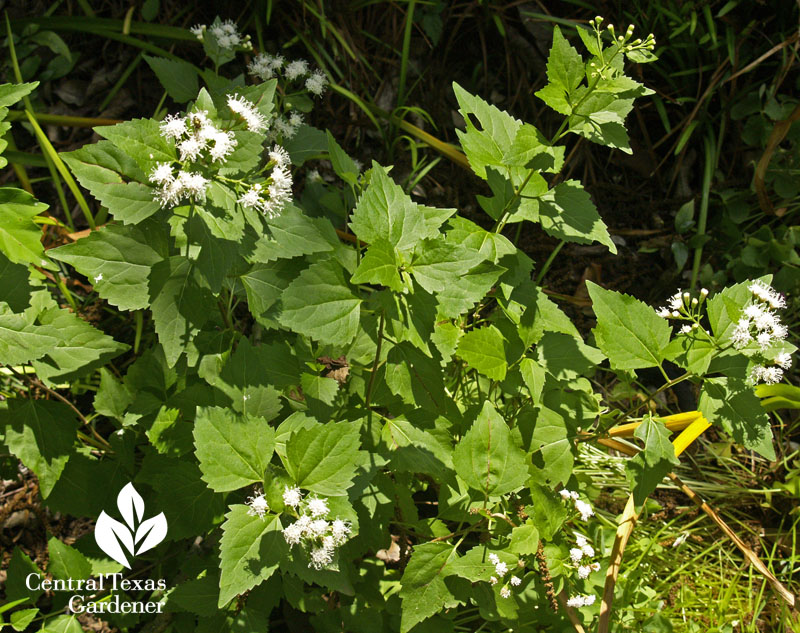How should we water our shrubs? Do we go to the drip line, like for trees?
Thanks to Mary Riley for this great question! Although shrubs and even smaller plants do not have the same root mass as larger trees, the roots still grow in a similar fashion: away from the trunk or main stem. The larger the plant, the further away from the trunk the “feeding” roots will be. These roots are newer and covered in root hairs, which are responsible for water and nutrient uptake by the plant.
Older, often woody roots don’t have any root hairs, and so, don’t take up any water. With shrubs and smaller plants, the drip line won’t be anywhere near as far away from the trunk as it is with a tree, so I generally water my shrubs all around the base, and up to about half the height of the plant away.
So, if a shrub is 6′ tall, watering out to at least 3 to 4′ from the trunk would be sufficient. A slow, thorough soaking of the soil is much better than a quick burst of water. You’re after deeper moisture for the plant, to encourage the roots to grow nice and deep, so that it will have access to a larger soil profile.
The deeper you go, the cooler the soil is, and the more protected it is from the environment, so it holds on to the water longer. In the hottest part of the summer, if we’re getting no rain, established shrubs may need water once a week, but usually not more than that, as long as you water properly.

 Ida Bujan
Ida Bujan Daphne Richards
Daphne Richards
 Once blooming starts to slow down with the onset of winter, give it a good, heavy shearing to encourage denser new growth in the spring and more profuse blooms next fall. If you don't shear the plant, blooming will be very sparse, since boneset/white mistflower only produces flowers on new wood.
Once blooming starts to slow down with the onset of winter, give it a good, heavy shearing to encourage denser new growth in the spring and more profuse blooms next fall. If you don't shear the plant, blooming will be very sparse, since boneset/white mistflower only produces flowers on new wood.
 This plant requires very little water once established and is a great addition to any Central Texas landscape if you want a trouble-free shrub to attract lots of pollinators!
This plant requires very little water once established and is a great addition to any Central Texas landscape if you want a trouble-free shrub to attract lots of pollinators!  Trisha Shirey
Trisha Shirey